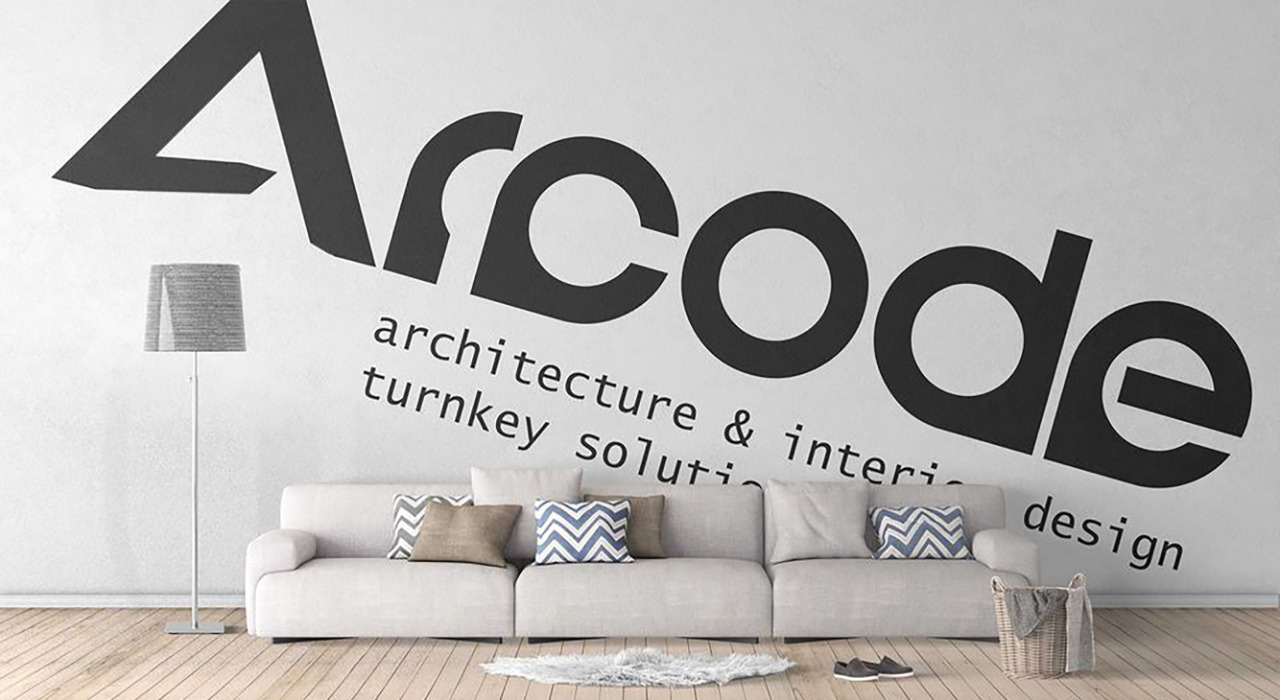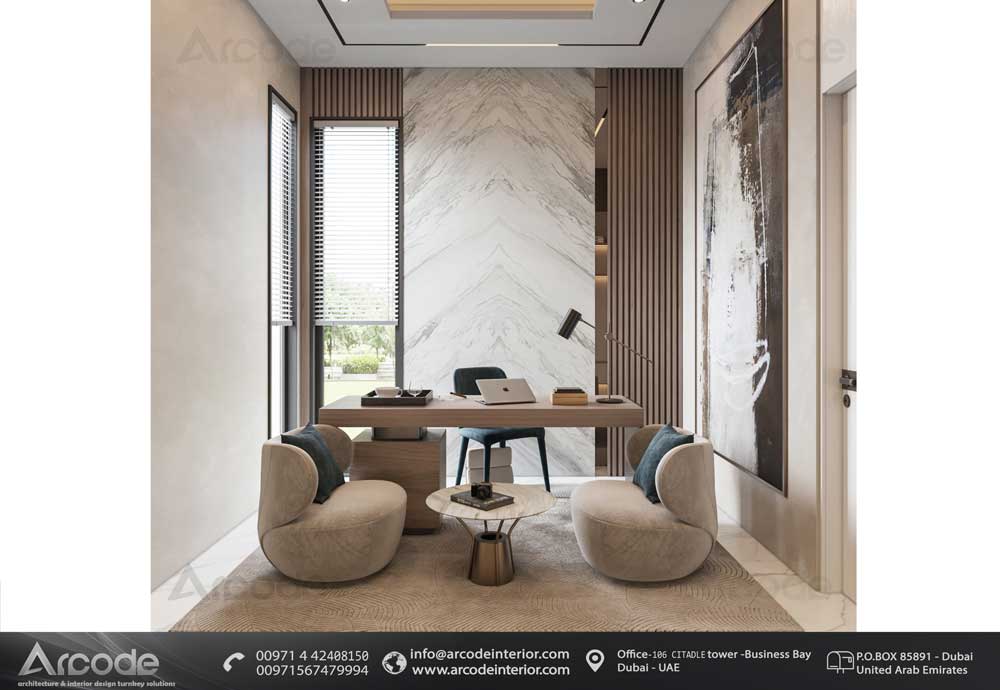Offices
Office Home 1
Designing a home office involves creating a space that is both functional and conducive to productivity while reflecting your personal style and preferences. Here are some key aspects to consider when designing your home office:
1. **Location**: Choose a quiet and well-lit area in your home where you can focus without distractions. Natural light is ideal, but if that's not possible, invest in good quality lighting.
2. **Furniture**: Invest in ergonomic furniture such as a comfortable desk chair that supports good posture and a desk at the right height for your work. Consider storage solutions like shelves, cabinets, or drawers to keep your workspace organized.
3. **Technology**: Ensure that your home office is equipped with the necessary technology including a reliable computer, high-speed internet connection, printer, and any other tools specific to your work.
4. **Color scheme**: Choose a color scheme that promotes concentration and creativity. Soft, neutral colors like white, gray, or beige can create a calm atmosphere, while pops of color can add energy and personality to the space.
5. **Personalization**: Add personal touches such as artwork, photos, or plants to make the space feel inviting and inspiring. Consider incorporating elements that motivate you, such as inspirational quotes or a vision board.
6. **Organization**: Keep your workspace clutter-free by using storage solutions and organizers to keep supplies and paperwork tidy. A clutter-free environment can help reduce stress and improve focus.
7. **Comfort**: Make sure your home office is comfortable and conducive to long periods of work. Consider adding elements like a rug or curtains to dampen noise and improve acoustics, as well as a comfortable chair and proper lighting to reduce eye strain.
8. **Flexibility**: Design your home office to be adaptable to different work tasks and activities. Consider incorporating flexible furniture arrangements or portable workstations to accommodate different working styles and preferences.
9. **Inspiration**: Surround yourself with items that inspire creativity and productivity, such as books, artwork, or motivational quotes. Create a space that energizes and motivates you to do your best work.
10. **Greenery**: Incorporate plants into your home office design to improve air quality, reduce stress, and increase productivity. Choose low-maintenance plants like succulents or snake plants that thrive indoors with minimal care.
Remember, the key to designing a successful home office is to create a space that is comfortable, functional, and reflective of your unique personality and work style. Experiment with different layouts, colors, and accessories until you find a design that works best for you.
Project
Category




